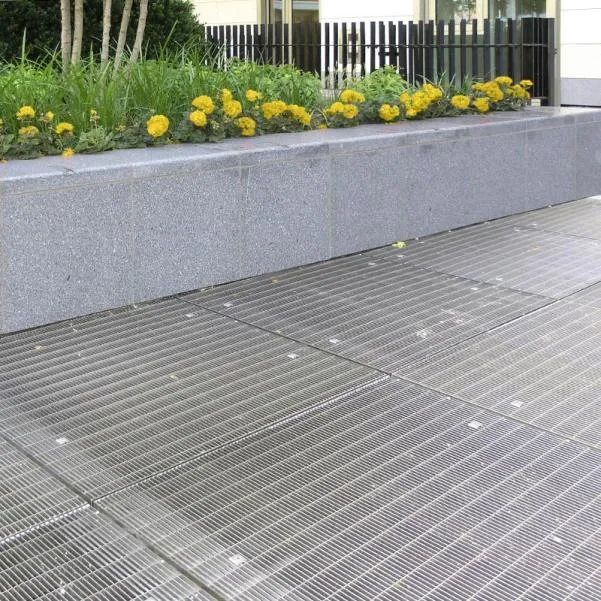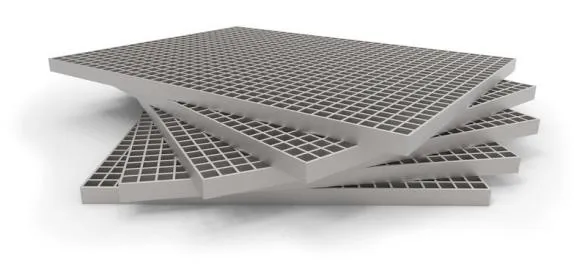- Industrial zone, South of Anping Town, Hengshui, Hebei, China.
- sales@hfpetromesh.com
- +86-18931809706
 Afrikaans
Afrikaans  Albanian
Albanian  Amharic
Amharic  Arabic
Arabic  Armenian
Armenian  Azerbaijani
Azerbaijani  Basque
Basque  Belarusian
Belarusian  Bengali
Bengali  Bosnian
Bosnian  Bulgarian
Bulgarian  Catalan
Catalan  Cebuano
Cebuano  Corsican
Corsican  Croatian
Croatian  Czech
Czech  Danish
Danish  Dutch
Dutch  English
English  Esperanto
Esperanto  Estonian
Estonian  Finnish
Finnish  French
French  Frisian
Frisian  Galician
Galician  Georgian
Georgian  German
German  Greek
Greek  Gujarati
Gujarati  Haitian Creole
Haitian Creole  hausa
hausa  hawaiian
hawaiian  Hebrew
Hebrew  Hindi
Hindi  Miao
Miao  Hungarian
Hungarian  Icelandic
Icelandic  igbo
igbo  Indonesian
Indonesian  irish
irish  Italian
Italian  Japanese
Japanese  Javanese
Javanese  Kannada
Kannada  kazakh
kazakh  Khmer
Khmer  Rwandese
Rwandese  Korean
Korean  Kurdish
Kurdish  Kyrgyz
Kyrgyz  Lao
Lao  Latin
Latin  Latvian
Latvian  Lithuanian
Lithuanian  Luxembourgish
Luxembourgish  Macedonian
Macedonian  Malgashi
Malgashi  Malay
Malay  Malayalam
Malayalam  Maltese
Maltese  Maori
Maori  Marathi
Marathi  Mongolian
Mongolian  Myanmar
Myanmar  Nepali
Nepali  Norwegian
Norwegian  Norwegian
Norwegian  Occitan
Occitan  Pashto
Pashto  Persian
Persian  Polish
Polish  Portuguese
Portuguese  Punjabi
Punjabi  Romanian
Romanian  Russian
Russian  Samoan
Samoan  Scottish Gaelic
Scottish Gaelic  Serbian
Serbian  Sesotho
Sesotho  Shona
Shona  Sindhi
Sindhi  Sinhala
Sinhala  Slovak
Slovak  Slovenian
Slovenian  Somali
Somali  Spanish
Spanish  Sundanese
Sundanese  Swahili
Swahili  Swedish
Swedish  Tagalog
Tagalog  Tajik
Tajik  Tamil
Tamil  Tatar
Tatar  Telugu
Telugu  Thai
Thai  Turkish
Turkish  Turkmen
Turkmen  Ukrainian
Ukrainian  Urdu
Urdu  Uighur
Uighur  Uzbek
Uzbek  Vietnamese
Vietnamese  Welsh
Welsh  Bantu
Bantu  Yiddish
Yiddish  Yoruba
Yoruba  Zulu
Zulu
- Afrikaans
- Albanian
- Amharic
- Arabic
- Armenian
- Azerbaijani
- Basque
- Belarusian
- Bengali
- Bosnian
- Bulgarian
- Catalan
- Cebuano
- Corsican
- Croatian
- Czech
- Danish
- Dutch
- English
- Esperanto
- Estonian
- Finnish
- French
- Frisian
- Galician
- Georgian
- German
- Greek
- Gujarati
- Haitian Creole
- hausa
- hawaiian
- Hebrew
- Hindi
- Miao
- Hungarian
- Icelandic
- igbo
- Indonesian
- irish
- Italian
- Japanese
- Javanese
- Kannada
- kazakh
- Khmer
- Rwandese
- Korean
- Kurdish
- Kyrgyz
- Lao
- Latin
- Latvian
- Lithuanian
- Luxembourgish
- Macedonian
- Malgashi
- Malay
- Malayalam
- Maltese
- Maori
- Marathi
- Mongolian
- Myanmar
- Nepali
- Norwegian
- Norwegian
- Occitan
- Pashto
- Persian
- Polish
- Portuguese
- Punjabi
- Romanian
- Russian
- Samoan
- Scottish Gaelic
- Serbian
- Sesotho
- Shona
- Sindhi
- Sinhala
- Slovak
- Slovenian
- Somali
- Spanish
- Sundanese
- Swahili
- Swedish
- Tagalog
- Tajik
- Tamil
- Tatar
- Telugu
- Thai
- Turkish
- Turkmen
- Ukrainian
- Urdu
- Uighur
- Uzbek
- Vietnamese
- Welsh
- Bantu
- Yiddish
- Yoruba
- Zulu
jan . 25, 2025 23:20
Back to list
metal walkways gratings
Enhancing urban aesthetics and safety, metal grate sidewalks have long been an unsung hero in city infrastructure. These often-overlooked features play a crucial role in city planning, blending seamlessly into the urban landscape while providing a practical solution to an array of challenges. Their significance is grounded in real-world experience, backed by professional expertise, and recommended by authoritative bodies for their trustworthiness.
Authoritativeness is also paramount; thus, metal grate sidewalks are increasingly included in municipal codes and standards, reinforcing their importance in urban infrastructure. City manuals often endorse their use as part of comprehensive urban planning strategies, highlighting their role in creating sustainable and resilient cities. What truly elevates metal grate sidewalks is the aspect of trustworthiness. By choosing to invest in this reliable infrastructure, municipalities can assure residents that their city is equipped to handle weather extremes and urban flooding. These grates symbolize a commitment to proactive, rather than reactive, urban management. Their integration into the urban fabric reflects a foresight found in trusted governance and planning. For contractors and architects, incorporating metal grate sidewalks into a project is more than simply a nod to practicality — it is a statement of quality and ingenuity. It is a testament to the power of engineered solutions to solve everyday urban challenges, integrating functionality with environmental stewardship. In the context of product offerings, those in the market for metal grate systems have a wide array of choices tailored to specific project needs. Customization options allow for variations in design, material, and function to suit both aesthetic desires and practical requirements. Ultimately, the unsung utility of metal grate sidewalks is becoming ever more celebrated in modern cityscapes. Their role in enhancing urban safety, sustainability, and aesthetics makes them an integral component of contemporary infrastructure. They represent a field where experience, expertise, authoritative guidance, and trust align, marking a benchmark for quality in public safety and urban renewal.


Authoritativeness is also paramount; thus, metal grate sidewalks are increasingly included in municipal codes and standards, reinforcing their importance in urban infrastructure. City manuals often endorse their use as part of comprehensive urban planning strategies, highlighting their role in creating sustainable and resilient cities. What truly elevates metal grate sidewalks is the aspect of trustworthiness. By choosing to invest in this reliable infrastructure, municipalities can assure residents that their city is equipped to handle weather extremes and urban flooding. These grates symbolize a commitment to proactive, rather than reactive, urban management. Their integration into the urban fabric reflects a foresight found in trusted governance and planning. For contractors and architects, incorporating metal grate sidewalks into a project is more than simply a nod to practicality — it is a statement of quality and ingenuity. It is a testament to the power of engineered solutions to solve everyday urban challenges, integrating functionality with environmental stewardship. In the context of product offerings, those in the market for metal grate systems have a wide array of choices tailored to specific project needs. Customization options allow for variations in design, material, and function to suit both aesthetic desires and practical requirements. Ultimately, the unsung utility of metal grate sidewalks is becoming ever more celebrated in modern cityscapes. Their role in enhancing urban safety, sustainability, and aesthetics makes them an integral component of contemporary infrastructure. They represent a field where experience, expertise, authoritative guidance, and trust align, marking a benchmark for quality in public safety and urban renewal.
Share
Prev:
Next:
Latest news
-
Welded Steel Bar Grating: The Rugged Industrial Flooring Solution Built for Load and LongevityNewsJun.24,2025
-
Steel Walkway Grating: Reliable, Resilient, and Built for Every StepNewsJun.24,2025
-
Shale Shaker Screen for Sale: Optimize Drilling Efficiency with Precision Screening PowerNewsJun.24,2025
-
Shaker Screen for Sale: Elevate Your Drilling Efficiency with Durable Separation SolutionsNewsJun.24,2025
-
Press Locked Steel Grating: Industrial Strength with Precision Fit for Heavy-Duty ApplicationsNewsJun.24,2025
-
Perimeter Safety Netting: The Critical Safety Upgrade for Every HelipadNewsJun.24,2025